Heat Dissipation inside the Flood Lights
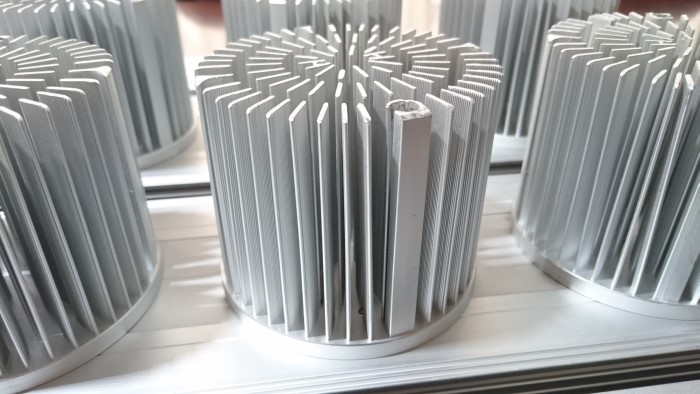
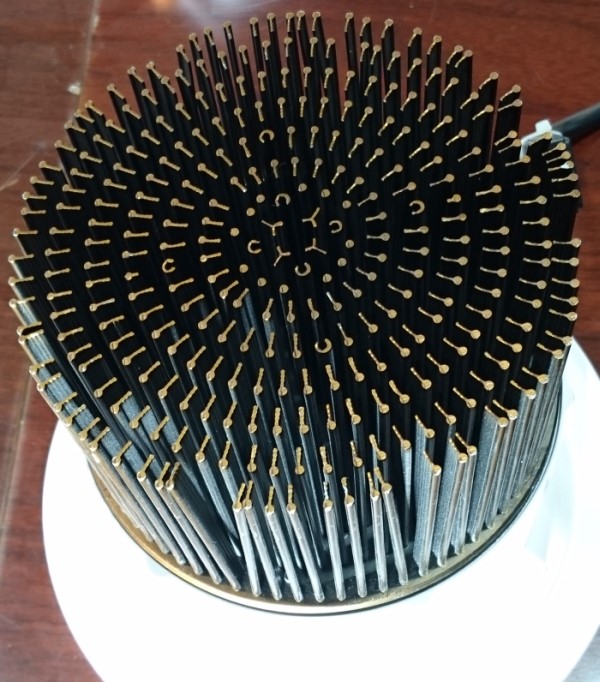
If you accidentally (or knowingly) touch a glowing tungsten light bulb in your childhood, you would probably get your fingertips burnt. The heat generation of the bulb is usually attributed to the powering process that leads to illumination. For the tungsten light bulb, it is necessary for us to raise the temperature of the tungsten filament inside the bulb to approximately 1500°C. If the metal filament reaches this incredible temperature, it will emit light. We waste so much energy to heat the filament, and then we get a little side products – the light. How about the LED?
How a Light-emitting diode (LED) works (You can skip this part if you study Physics)
The story is completely distinct for LED. Imagine that we throw a tennis ball from 3rd floor (higher energy level). When the ball reaches the ground (lower energy level), it emits the sound like “pop”. Similarly, when the free electrons (in higher energy state) combines with the holes (lower energy level) inside the LED components, it causes the light emission instead of sound this time. Is it easier to understand? For your information, the color of the LED light depends on the energy gap – if you throw the ball from 10th floor, it would probably give a larger sound and so does the frequency (color) of the light.
Therefore, for the LED, most energy is used to drive the electrons to the holes and repeat the cycle to produce visible light, instead of heating the metal wire to a thousand degree. There is a vast difference between the working principles of tungsten light bulb and that of LED. Would you agree that LED is a more efficient lighting technic?
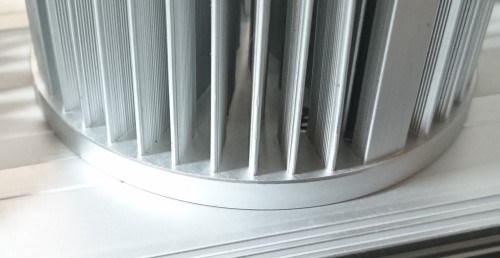
Our heat dissipation design for LED lights
Despite the LED’s high lighting efficacy, it does produce heat which affects the brightness and life span, but surely it is just warm or even has no feeling. If the temperature of the intrinsic components of LED maintains at a high level, the electronics will be degraded fast, just like the organ dysfunction in our body under a high temperature. Additionally, high intrinsic temperature of LED suppresses the brightness as well in accordance with recent research. Interestingly, low temperature is good for LED – they can be brighter! So how can we solve this issue?
Heat sink is the component that transmits the intrinsic heat of the LED into surrounding. We adopt passive heat sink which means no external fans or water cooling system are required! If you look at the photos of our real product, you would find that we have the dense arrangement of the aluminum fins, which gives a large surface area for heat dissipation.
Most importantly, our connection between the LED heat source and the extended fins is seamless, which means the they are in a single unit! This is vital for effective conduction of heat.
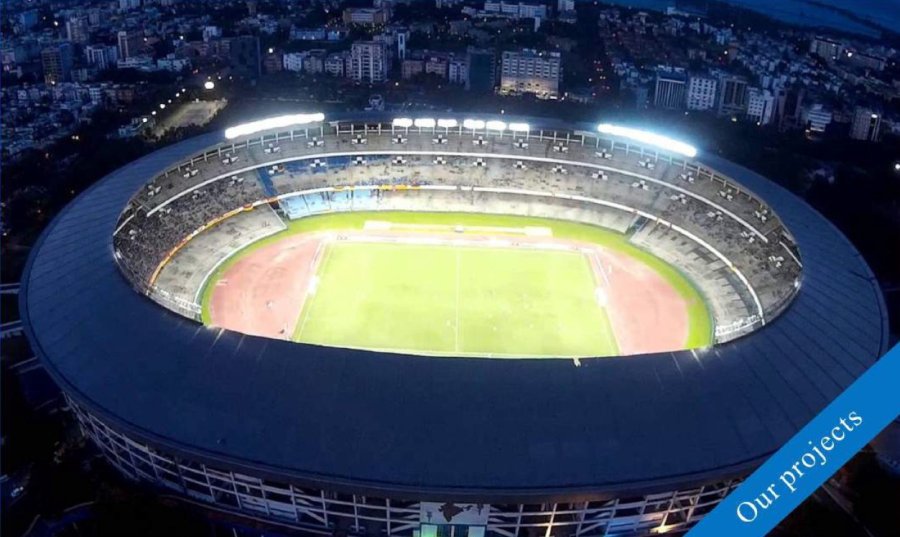
Our LED Flood Lamp
Have you ever wondered that how would we illuminate the stadium? We can apply high-power LED sports lights to provide adequate brightness for the matches. The purpose of flood light is to give out the broad-beamed and high-power lights. How to decide the number, the power and the optics of flood light for the stadium? They really depend on the height of the fixture and the area of the pitch. Imagine that there is a heater. You would get cooler if you move away from it. The brightness (or the luminous flux) of the LED flood light does have this property as well. We have an international standard on the brightness of various venue, which will be discussed in later chapters.
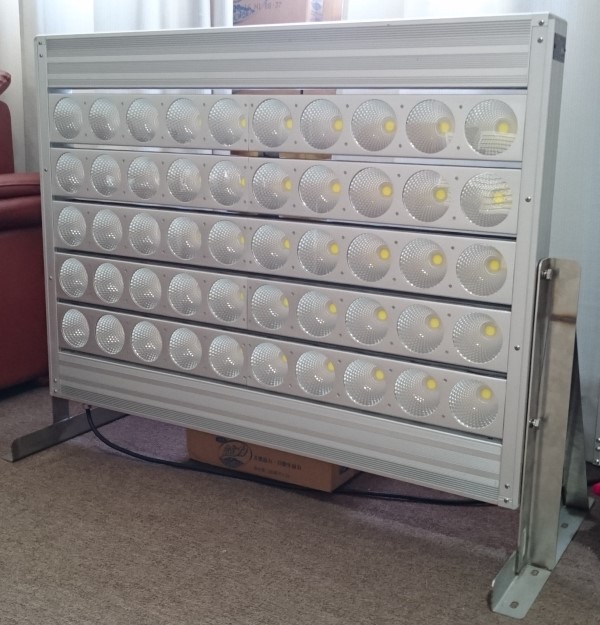
Our high-power LED flood lights have the powers of 100W, 240W, 400W, 720W, and even up to 10000W! They have luminous efficacy (light efficiency) of 140lm/W to 160lm/W, which is higher than the Recessed Light if you remember the figures in the last chapter. It is because the lighting demand is much higher for outdoor. And we provide 16000 to 640000 lumens that is proportional to the power of the LED. Our super-bright and high-efficiency LED flood lights would probably be your best choice! Why don’t you contact us for much information on our flood lights?
It seems it is already quite informative for the first two chapters. We will explore our product line and the rigorous quality control in our factory in the next section.